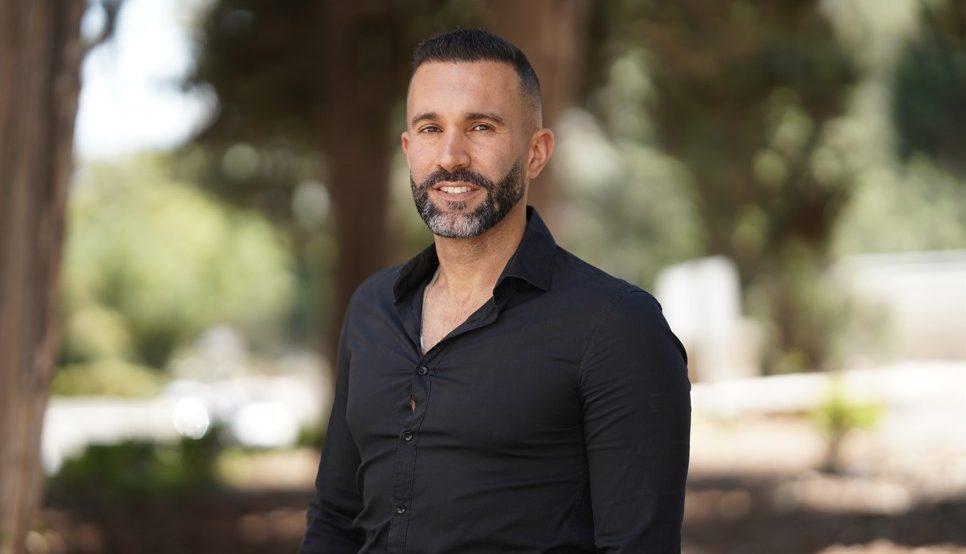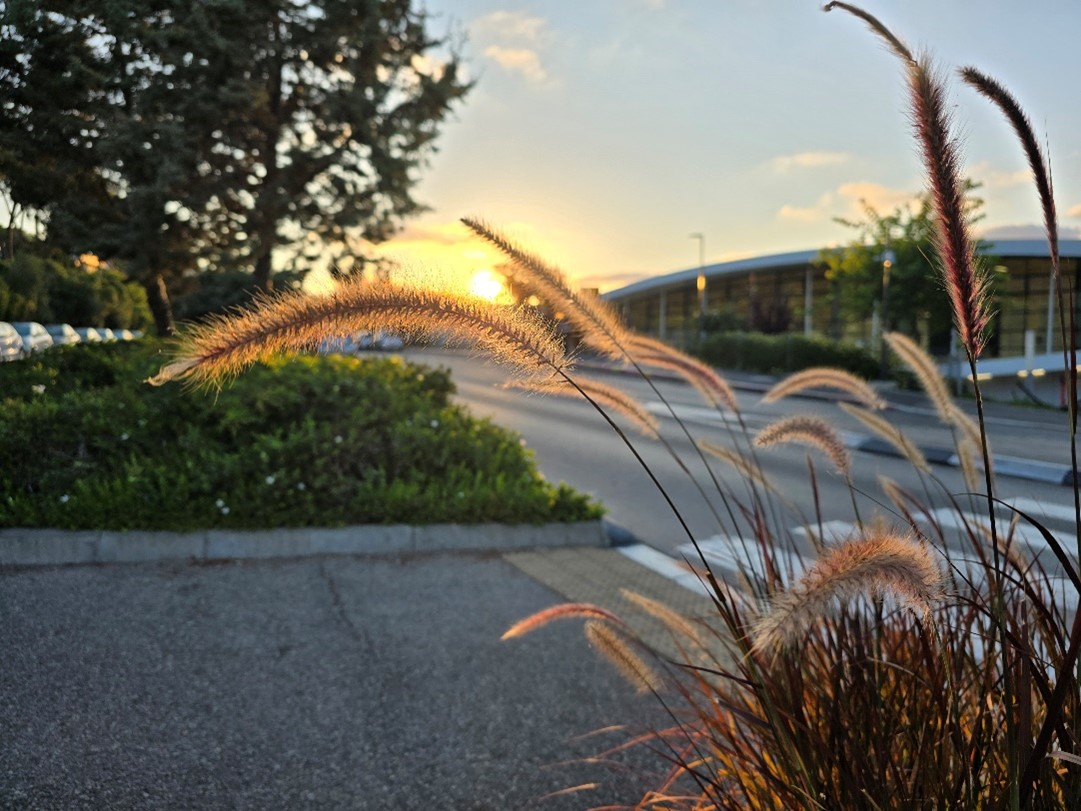לאלף חום: תאוריה חדשנית מאפשרת שליטה יוצאת דופן בהולכת חום
לתאוריה שפיתחו חוקרים בטכניון ובקיימברידג' פוטנציאל יישומי כגון הפקת אנרגיה והגנה על מיכשור רגיש לחום

לתאוריה שפיתחו חוקרים בטכניון ובקיימברידג' פוטנציאל יישומי כגון הפקת אנרגיה והגנה על מיכשור רגיש לחום

טכנולוגיה חלוצית לציפוי צמחים בשכבת שעווה דקה צפויה לצמצם בשיעור דרמטי את השימוש החקלאי בחומרי הדברה

המעבדה הפועלת בפקולטה להנדסת חשמל ומחשבים ע"ש ויטרבי, חודשה בתמיכת החברות Apple, Intel ו-NVIDIA

יום פתוח בת"א לפקולטות המדעיות
13.01.2026 שלישי, בשעה 16:00
הוספה ליומן

טכניון על הבר - למידת מכונה בעולם האנושי
13.01.2026 שלישי, בשעה 20:00
הוספה ליומן

מוסיקה מדע והשראה | עונה 4 - קוד הזכרון
14.01.2026 רביעי, בשעה 12:30
הוספה ליומן

מפגש מתעניינים ב-ZOOM לפקולטה למדעי המחשב
15.01.2026 חמישי, בשעה 18:00
הוספה ליומן

יום פתוח לתארים מתקדמים במדעי ההתנהגות והניהול
28.01.2026 רביעי, בשעה 15:00
הוספה ליומן

תערוכת "מראות מקום"
30.11.2025 ראשון, בשעה 09:00
הוספה ליומן

תערוכת הצילום "טבע בקמפוס"
16.07.2025 רביעי, בשעה 09:00
הוספה ליומן
100000
בוגרים
18
פקולטות
15000
סטודנטים
60
מרכזי מחקר
ברחבי הקמפוס